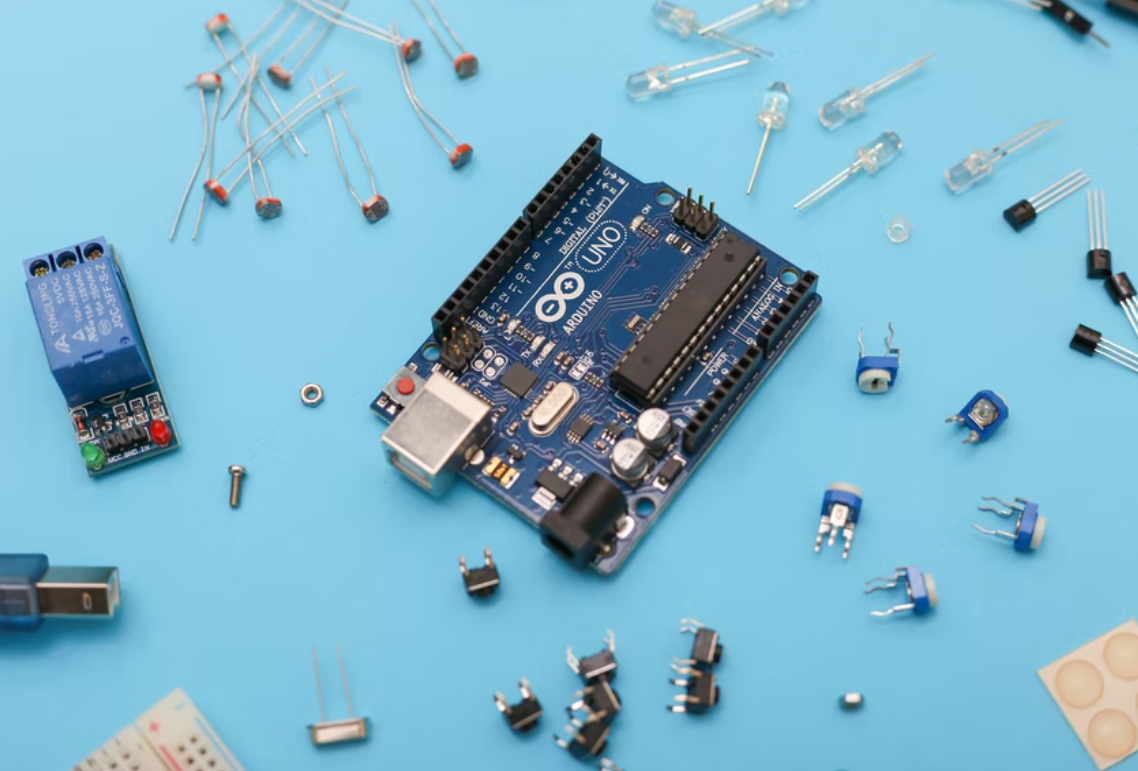 REQUEST QUOTE
REQUEST QUOTE
UMC Breaks into 14nm

TAIPEI — United Microelectronics Corp. (UMC), Taiwan’s second-largest foundry, has started its first production of 14nm products, narrowing a technology gap with its larger competitors such as Taiwan Semiconductor Manufacturing Co. (TSMC) and Samsung.
UMC said that, during the second quarter this year, 14nm accounted for 1 percent of its total revenue for the first time.
In the meantime, the company slashed its 2017 capital expenditure budget to $1.7 billion from the $2 billion it had earmarked earlier this year. UMC’s CAPEX for 2016 was $2.8 billion.
“Operational efficiency will be the focus,” said Jason Wang, the newly appointed co-president of UMC, at an event to announce the company’s second-quarter results. “We are aligning to the current demand outlook.”
The company said it may cede competition at the 10nm and 7nm nodes to larger rivals TSMC and Samsung, where UMC said there will be “less demand”. UMC said it will focus on addressable markets where there is still plenty of room to grow.
While the company declined to forecast its 2018 CAPEX, UMC said it will be “cautious” with capital expenditure plans in the future.
No. 1 foundry TSMC plans to hold steady, with capital expenditures reaching about $10 billion this year. In 2016, the company’s CAPEX came in at $10.4 billion. TSMC, Samsung, and Intel are the top three spenders in the chip industry.
UMC’s pared Capex plan comes at the same time as Samsung reportedly aims to grab a bigger slice of the foundry business. Samsung plans to triple its foundry share as it aims for the No. 2 position after TSMC.
Mainstay Products Solid
Demand for UMC’s mainstay 28nm and 40nm products held firm during the second quarter. UMC’s 28nm brought in 17 percent of the company’s overall revenue during the second quarter, the same percentage as in the first quarter this year. UMC’s 40nm accounted for a 28 percent chunk of overall revenue in the second quarter, dipping from 29 percent in the first quarter.
Due to a weaker outlook for 28nm, the company forecast that its 28nm high-k metal gate (HKMG) business may decline during the next few quarters this year.
Analysts at the event noted that UMC may face increasing competition from Chinese foundries such as Semiconductor Manufacturing International Corp. (SMIC) which are ramping up 28nm poly gate and SiON gate dielectric (poly-SiON) production.
UMC said that while demand for 28nm HKMG is “lagging expectations,” the company expects full loading for 28nm poly-SiON in the foreseeable future.
UMC makes most of its 28nm products at its Tainan fab in southern Taiwan and is ramping up production at its new fab in Xiamen, China, that’s a joint venture with the local government. By the end of this year, the company expects to have 39,500 12-inch wafers per month — including about 5,000 wafers at the Xiamen fab — in 28nm process technology.
While TSMC and Samsung are starting up production of 10nm, UMC has targeted 14nm as its most advanced technology node. In the meantime, TSMC has been filling gaps in its legacy 28nm process to blunt the competition.
TSMC has increased capacity for 28nm, which accounted for more than a quarter of its revenue during the second quarter of this year. The company, which has counted on 28nm as a cash cow for more than five years, is hanging on to a 90 percent share of the market even as rivals such as UMC, Intel, and SMIC are trying to grab a chunk of that business.
UMC said its capacity utilization during the second quarter was 96 percent, unchanged from the first quarter. The company said it expects the utilization rate to fall to the low 90 percent range during the third quarter this year.
Earlier this year, UMC’s board of directors appointed Jason Wang and SC Chien as co-presidents of the company. Chien will be in charge of fab operations and technology development while Wang will be responsible for business management and corporate strategy.


